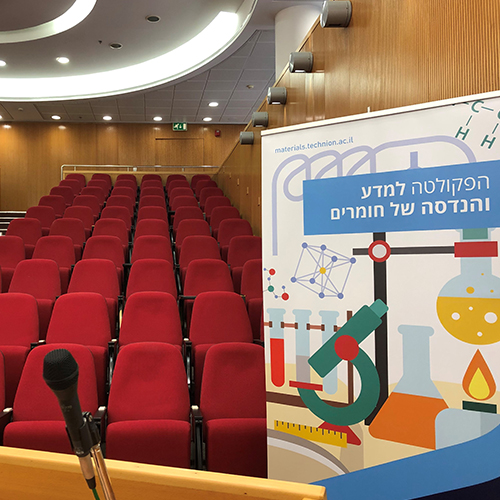
Mrs. Rachel Eden Bitton - M.Sc. candidate
05/05/2024
David Wang Auditorium, 3rd floor Dalia Meidan Bldg.
14:30
Preterm birth affects approximately one in ten women and stands as the leading cause of neonatal morbidity, and mortality globally and the most common reason for hospitalization during pregnancy. It is defined as birth prior to the 37th week of gestation, with the preceding weeks critical for developing healthy weight and full organ development. Despite its prevalence, there is a lack of comprehensive understanding linking the biological and mechanical changes leading to fetal membrane rupture. Available treatments or predictive diagnostic tools for preterm births also remain limited. By investigating the fetal membrane viscoelastic and structural properties in preterm and fullterm labors we aim to connect the disease state with diagnostic capabilities. Nanoindentation results demonstrated higher stiffness and higher tan(delta) values in the Amnion layer of preterm samples compared to fullterm, whereas such significant differences are not observed in the chorion layer amongst patients. The mechanical property data is supported by hydroxyproline assays, indicating higher concentrations of collagen in preterm births, along with Single Harmonic Generation Imaging that shows dramatically different collagen organization. These findings lay the groundwork for the development of treatments and diagnostic approaches in addressing preterm births.


